Figures & data
Table 1. Analysis contents.
Table 2. Demographic characteristics.
Figure 1. Subjective evaluation of current life (%).
Note. Self-reported health status was measured on a 5-point scale (1) Bad, (2) Poor, (3) Fair, (4) Good, and (5) Excellent.
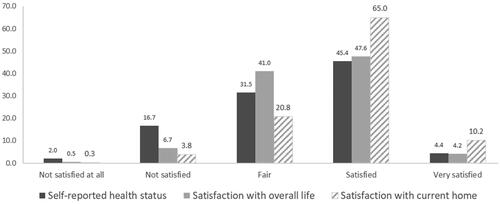
Table 3. Type of family caregiver.
Figure 2. Family care support by gender (%).
Spouse (x²= 1366.574, p = .000).
Son or daughter living together (x²= 22.459, p = .000).
Son or daughter living independently (x²= 3.965, p = .046).
Parent (x²= 5.471, p = .0.19).
Outsourcing (x²= 185.644, p = .000).
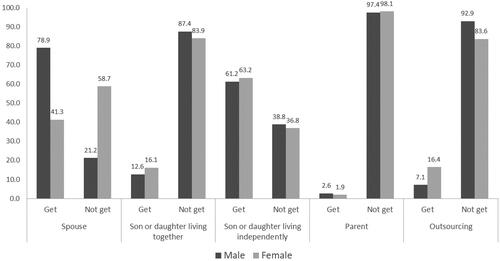
Figure 3. Family care support by age (%).
Spouse (x²= 578.940, p = .000).
Son or daughter living together (x²= 49.457, p = .000).
Son or daughter living independently (x²= 30.049, p = .000).
Parent (x²= 89.709, p = .000).
Outsourcing (x²= 14.492, p = .001).

Table 4. Sufficiency of help from family.
Figure 4. Exchange of Instrumental (cleaning, meal preparation, laundry) support between family members (points).
Note. Item was measured on a 4-point scale (1: not at all − 4: very much).
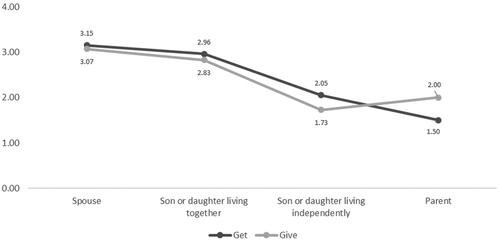
Figure 5. Exchange of physical (Nursing, caring, hospital accompaniment) support between family members (points).
Note. Item was measured on a 4-point scale (1: not at all − 4: very much).
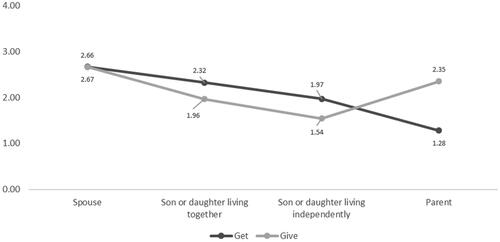
Figure 6. Subjective evaluation of current life by type of family caregivers (points).
Note. Each item was measured on a 5-point scale.
Self-reported health status: (1) Bad, (2) Poor, (3) Fair, (4) Good, and (5) Excellent.
Satisfaction with overall life: (1) Not satisfied at all, (2) Not satisfied, (3) Fair, (4) Satisfied, (5) Very satisfied.
Satisfaction with current home: (1) Not satisfied at all, (2) Not satisfied, (3) Fair, (4) Satisfied, (5) Very satisfied.
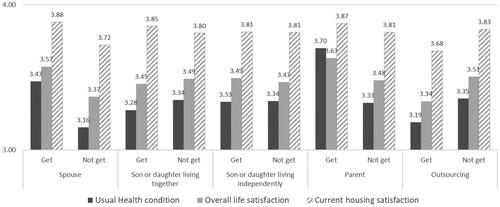
Table 5. Condition of current housing.
Table 6. Subjective evaluation of current life by condition of current housing.
Figure 7. Relationship between the condition of current housing and type of family caregivers (%).
Spouse (x²= 65.594, p = .000).
Son or daughter living together (x²= 14.610, p = .001).
Son or daughter living independently (x²= 29.431, p = .000).
Parent (x²= 11.746, p = .003).
Outsourcing (x²= 31.619, p = .000).

Table 7. Needs for home modification by the condition of current housing.
Figure 8. Needs of Home modification by type of family caregivers (%).
Note. This was measured on the 5-point scale (1 = not needed at all, 2 = not needed, 3 = unsure, 4 = needed, 5 = very needed), but the results were compared by simplifying it to a 3-point scale (not at all) needed, unsure, and (very) needed.
Spouse (x²= 8.806, p = .012).
Son or daughter living together (x²= 19.154, p = .000).
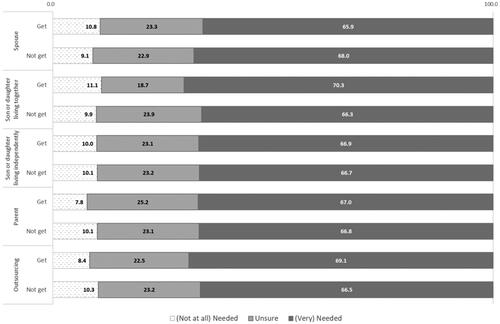
Figure 9. Needs for care service based on government (points).
Note. Means measured on 5-point scale (1: not needed at all − 5: very needed).
(Alphabet) subscripts below to bar graph refer to homogeneous subsets by Duncan’s Post hoc tests (p<.05) (a < b).
¹(F= 4.320, p< .05), ²(F= 10.753, p< .001), ³(F= 8.792, p< .001), ⁴(F= 20.267, p< .001), ⁵(F= 19.421, p< .001), ⁶(F= 7.165, p< .001).

Data availability statement
The data that support the findings of this study are openly available in the Korean Elderly Survey 2020 Micro-data at https://data.kihasa.re.kr/kihasa/kor/databank/DatabankDetail.html, National Statistics Korea No. 117071.
